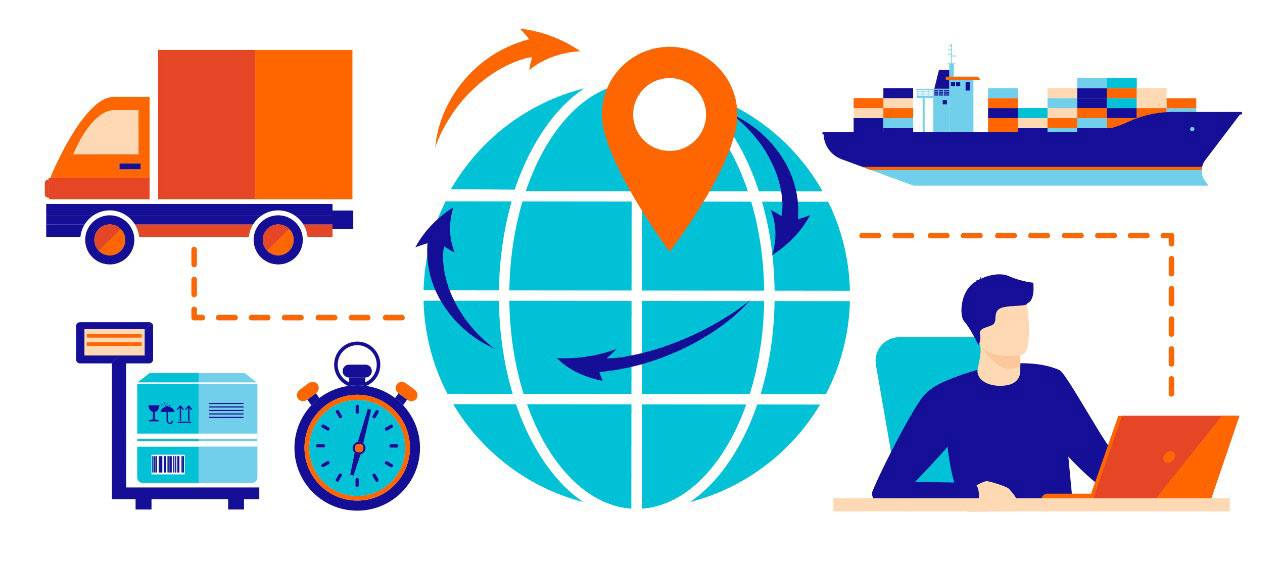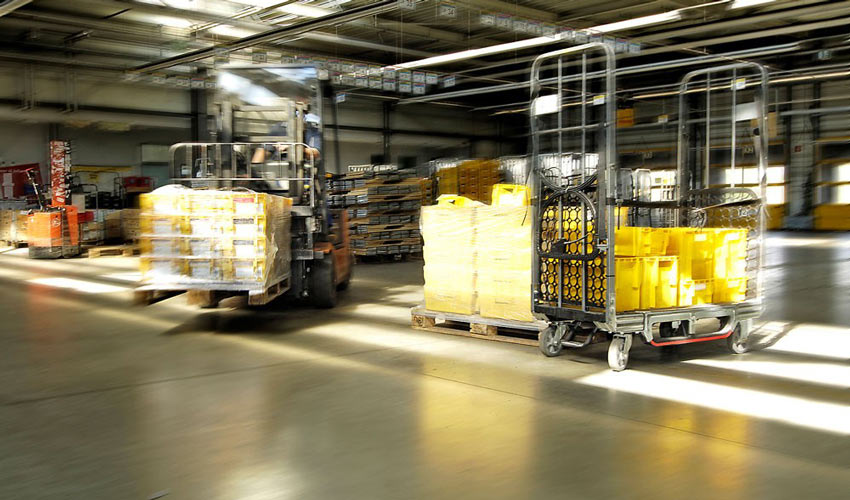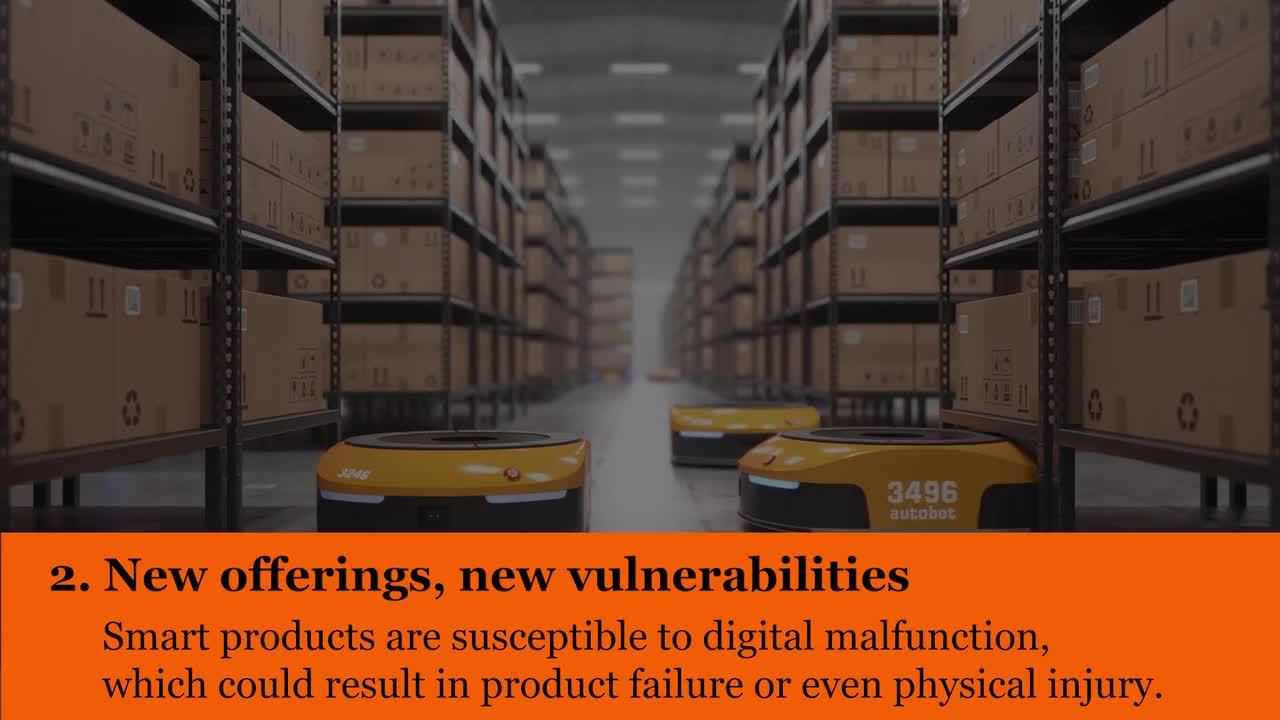External risks that deserve the attention of every manufacturer in Singapore

The manufacturing sector in Singapore is intensely competitive, given its small domestic market and scarce natural resources. Many companies are plugged, by default, into the global ecosystem to source for suppliers, form partnerships and seek market expansion opportunities.
These have contributed to local manufacturers being deeply immersed in an integrated global value chain that is further enabled by new waves of technology and automation. The flipside, though, is an innate reliance on the supply chain to ensure smooth operations, production and delivery.

Below we explore the often-overlooked uncertainties as a result of increased supply chain collaboration:
The dark sides of digitalisation
Local manufacturers have been quick to embrace digitalisation – even more so since the pandemic, with significant push and support from the government to drive transformation and a smart economy. Manufacturers are not only using technology internally to drive productivity, but also externally to increase agility and transparency throughout the assembly, ordering and delivery process.
Supply chain management, for instance, is one area that has successfully tapped on technology for data collection and sharing as well as advanced analytics and automation. In recent years, we have seen greater integration between suppliers, manufacturers and customers, along with providers of third-party logistics, IT, and financial services.
However, there is also risk in digitalisation. Take for example, ordering systems where customers, component and product suppliers can have direct access into a manufacturer’s system. When the network is compromised, devastating effects could spread beyond the manufacturer’s system and infiltrate those belonging to other participants within the ecosystem. The amount of sensitive data stored and transacted between parties alone could result in a confidentiality or privacy breach, among other consequences.
And the reality is, it doesn’t take a criminal group to create a full-blown cyber disaster. Sometimes, all it takes is a small phishing attack to send multiple parties into crisis.
The supply chain is subject to macro events...
Supply chain disruptions are hardly new to manufacturers. In fact, we have seen two international crises within the past 18 months that will stay in our minds for years to come. COVID-19 and the Suez Canal blockage accentuate the fact that that many companies are not fully aware of just how vulnerable their supply chain relationships are.
But it’s not just major breakdowns like these that manufacturers need to worry about.
Unforeseen raw material shortages, natural disasters and civil unrest are some familiar sources of disruption. Even a small change in customs policy in one country has the potential to trigger a global impact, let alone the ever-evolving international trade landscape. It could result in manufacturers having to pivot to a new source for components quickly. And the speed at which they source and procure may present risks in the long run, especially if the new components don’t meet the contracted standard.
…and micro shocks
With reliance on external supply chains comes less control over manufacturers’ ability to respond when suppliers are unable to fulfil their orders on time.
As manufacturing supply chains become increasingly integrated and just-in-time inventory management becoming more common, turnaround time continues to shrink and products become more customised, a company’s margin for error shrinks. Each vendor has its own sets of vulnerabilities and disruptive potential (think design error, non-compliance to regulations and insolvency). When products embedded with defective supplier components are distributed to third parties, it could mean trouble for manufacturers as these parties could suffer property damage, bodily injury and financial loss.
There are many ways in which things can go wrong, and some are outside manufacturers’ control. A simple low-quality component part or sub-system from suppliers can lead to defects in the manufacturer’s product, causing non-performance or under-performance. On the other hand, a logistics partner’s failure to provide accurate temperature monitoring while goods are en route may lead to distributors rejecting an entire consignment of perishable goods.

Inevitably, there are constraints and trade-offs that come with operating in an interconnected supply chain ecosystem. However, adopting a reactive approach to risks and taking actions only after things go wrong - which remains too common – could increase manufacturers’ susceptibility to inherent risks in a dynamic and volatile environment.
Manufacturers don’t need a crystal ball to predict what will happen to their business. What they need is to engage with experts early on and take decisive, risk-informed actions to prepare for internal and external eventualities.
Download: Infographic on Potential External Risks
Manufacturing in Singapore is changing, so is the risk landscape.
Top-of-mind challenges for Singapore's manufacturers
The multi-faceted risks faced by local manufacturing companies can play into their financials and impact daily operations. Learn more about this increasingly diverse set of internal and external risks, and what it means for manufacturers.


No part of this article may be reproduced in any written, electronic, recording, or printed form without written permission of Chubb.
Disclaimer - The content of the above article is not intended to constitute professional advice. Although all content is believed to be accurate, Chubb Insurance Singapore Limited (Chubb) makes no warranty or guarantee about the accuracy, completeness, or adequacy of the content of this article. Users relying on any content do so at their own risk.

Have a question or need more information?
Leave your contact details and our representatives will get in touch with you.